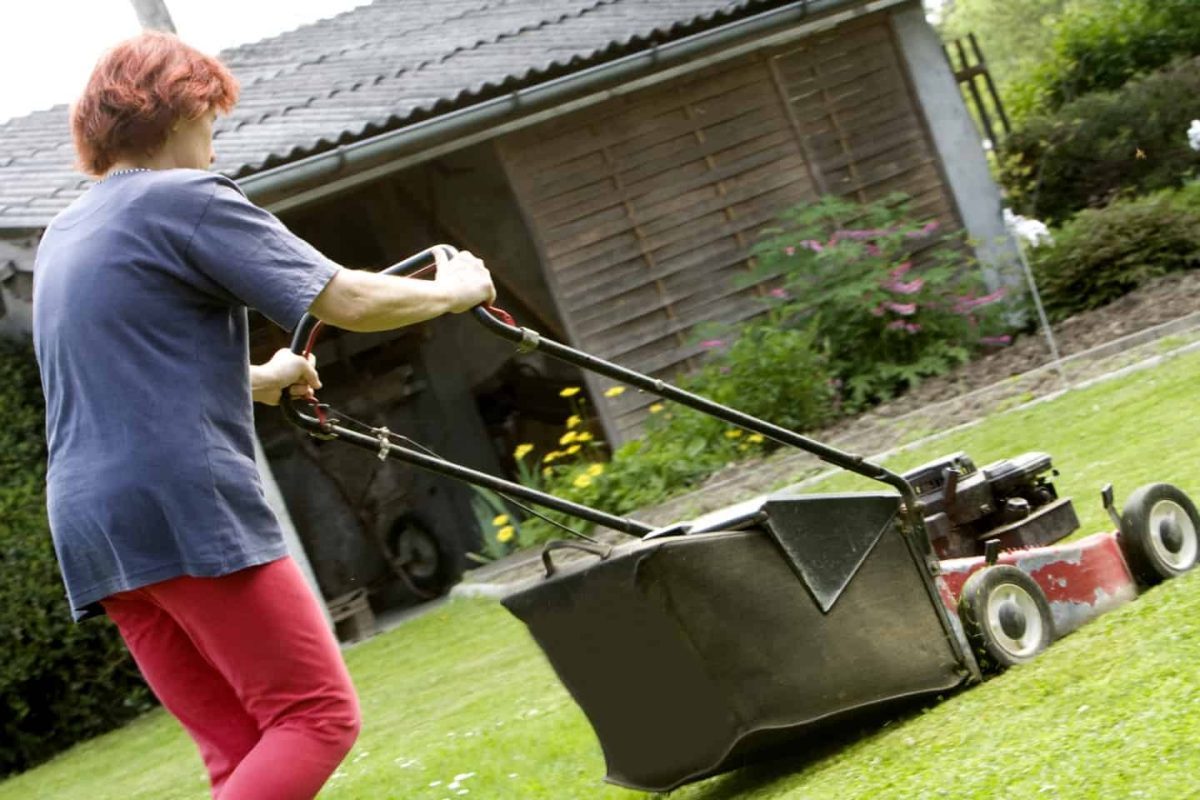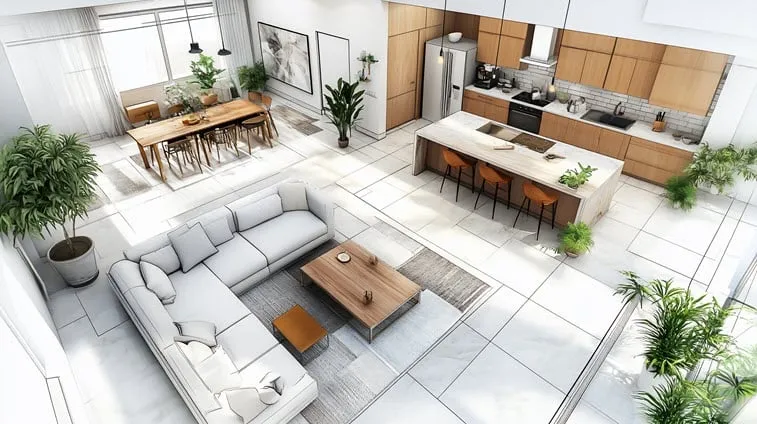In recent years, many Canadians have noticed that their daily lives feel more rushed than ever. For many people, this pace feels less like a choice and more like a routine that is hard to step away from.
Slow living is gaining attention as a meaningful way to rethink how time is spent. It is not about stepping away from responsibilities. Instead, it is about making intentional decisions that bring balance.
The science behind slow living shows that when people create space in their day for mindful routines, the body and mind respond in positive ways.
This lifestyle offers an approachable path to living with more presence, enjoyment, and ease.
The Science That Supports Slowing Down
Studies show that taking time for slower routines helps maintain steady heart rate patterns and supports clear thinking. When the body is not rushed, it responds with balance. When the mind is not distracted, it can focus more effectively.
This does not mean that people need to change everything about their routines. It means that even a few slower choices during the day can have an impact.
Reading for ten minutes before bed, preparing food without multitasking, or sitting quietly in a park are all examples of activities that encourage the body and mind to align with a slower rhythm.
Nourishment as a Mindful Practice
Food preparation and eating are central to slow living. Cooking at home, using fresh ingredients, and enjoying meals without rushing allows people to engage with food more fully. Studies show that preparing meals at home is linked with better nutritional outcomes because it encourages a variety of whole ingredients.
Many people are also becoming interested in exploring additional ways to support wellness alongside balanced meals. Some choose to add health-friendly supplements by brands like USANA Health Sciences to their routines.
This can complement nutritious food while keeping the focus on mindful choices. What matters most is creating a pattern of nourishment that feels intentional and enjoyable.
The Value of Spending Time in Nature
Nature offers one of the simplest ways to practise slow living. Research shows that spending even a short amount of time outdoors helps maintain balanced body rhythms and supports overall feelings of wellness. Canadians are in a unique position to enjoy natural landscapes, whether that means walking in a local park, gardening in the backyard, or exploring the trails near lakes and forests.
Being outdoors allows the mind to reset from the constant demands of technology and schedules.
Even in urban areas, finding a quiet bench, noticing seasonal changes, or tending to a balcony garden can create moments of connection. These small interactions with nature remind people to move at a slower pace and notice the details around them.
Simplifying Choices to Create More Ease
One of the foundations of slow living is reducing the number of small decisions that take up mental space. Research in behavioural science shows that people make an estimated 35,000 choices per day, and many of these decisions involve food, schedules, or digital activity. While these choices seem minor, they can add up and create what experts call decision fatigue.
Simplifying everyday choices helps create more room for focus.
This might mean planning weekly meals in advance, choosing a small but versatile wardrobe, or organizing spaces so that items are easy to find. These actions reduce unnecessary decisions and leave more energy for meaningful activities. By making daily routines more predictable, slow living allows space for a steadier rhythm throughout the day.
Building Stronger Connections Through Intentional Time
Slow living also highlights the importance of relationships. Research from the Canadian Index of Wellbeing shows that social connections are directly linked to how satisfied people feel with their lives.
When people spend time with family, friends, or their communities in intentional ways, it can create a sense of belonging and support.
Simple practices like enjoying meals together without distractions, scheduling weekly calls with loved ones, or participating in local events can nurture these bonds. The key is presence. Being fully engaged in conversations and activities, without multitasking, creates stronger and more lasting connections. In this way, slow living is not only about personal well-being but also about building supportive communities.
Finding Balance With Digital Technology
Technology has become an essential part of modern life, but it can also contribute to a sense of urgency.
Canadians, on average, spend over 25 hours per week online, according to the Canadian Internet Use Survey. While technology offers many benefits, setting healthy boundaries with devices can help align with the principles of slow living.
Practical steps include turning off non-essential notifications, setting screen-free times during meals, or dedicating certain hours of the day to offline activities. Some people also find value in using apps that track screen use and encourage mindful breaks. These strategies do not require giving up technology but instead support a balanced relationship with it.
Digital balance allows people to use technology as a tool while still creating room for slower and more intentional moments.
Small Steps to Begin Practising Slow Living
Adopting a slower lifestyle does not mean changing everything at once. Research on habit formation shows that making small, repeated changes is the most effective way to build lasting routines. Starting with one or two adjustments can make the process manageable and enjoyable.
Examples include beginning the day with five minutes of stretching, setting aside one evening per week for a phone-free family dinner, or taking a short walk outdoors during lunch breaks. These steps are simple, but they create a foundation for a slower rhythm.
Over time, small choices begin to shape a lifestyle that feels more balanced. The goal is not perfection but consistency, which leads to steady and meaningful change.
Slow living is not about doing less. It is about choosing to do things with greater presence and intention. Research supports the idea that slowing down can help maintain balanced routines, support meaningful relationships, and create more time for activities that matter.
This approach can begin with simple actions like mindful meals, time in nature, or reduced digital distractions.
It is a lifestyle that can be tailored to different needs, schedules, and preferences. The science shows that when people allow themselves to live at a slower pace, they open the door to greater awareness and enjoyment of everyday life.
By making intentional choices, anyone can begin to explore the benefits of slow living. It is not about stepping away from responsibilities but about reshaping routines so that life feels more steady, connected, and fulfilling.
Disclaimer
The Content is not intended to be a substitute for professional medical advice, diagnosis, or treatment. Always seek the advice of your physician or other qualified health provider with any questions you may have regarding a medical condition.
Disclaimer: This story is auto-aggregated by a computer program and has not been created or edited by jennertrends.
Publisher: Source link













